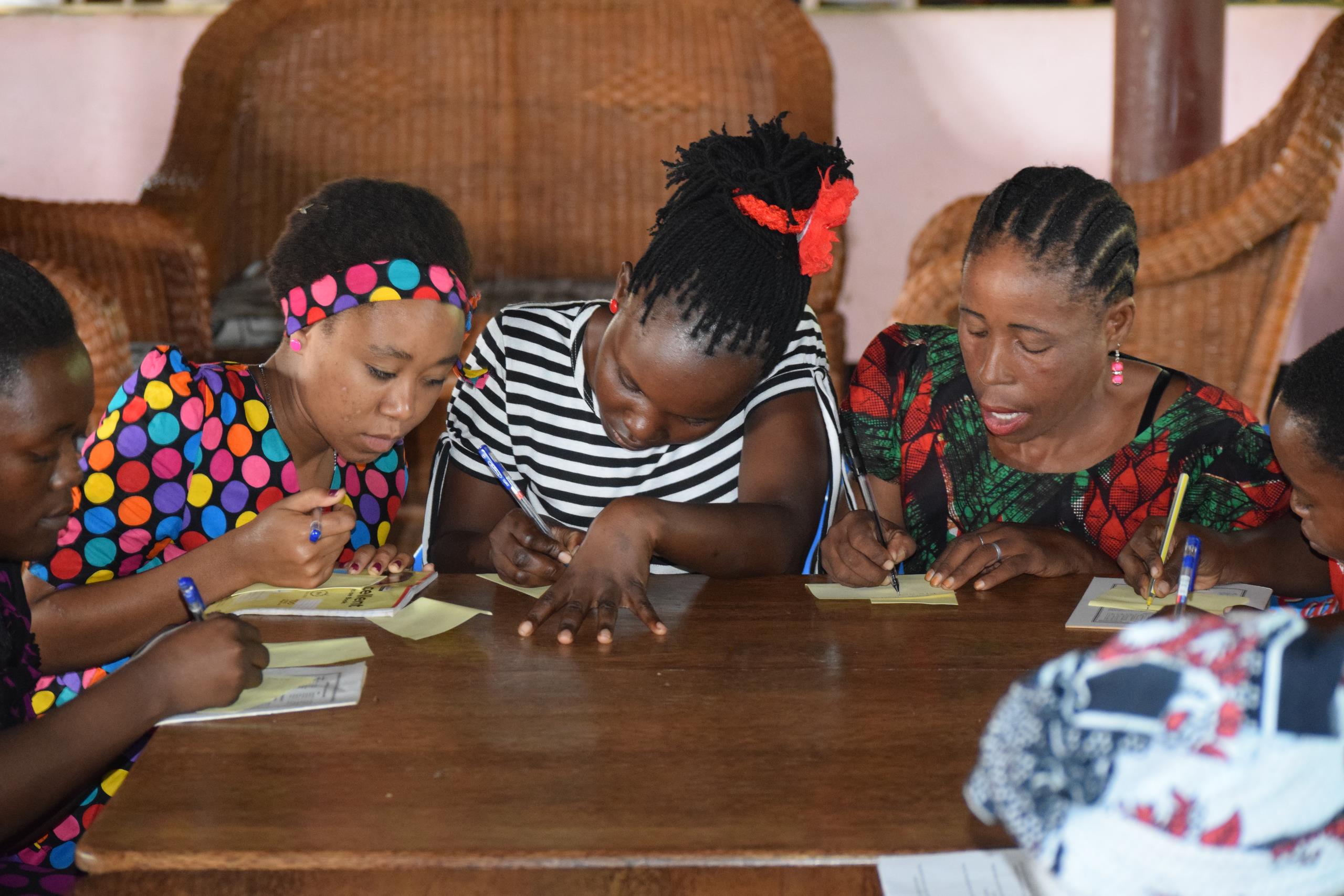SUPPLY-SIDE CONSTRAINT #1
Access points are limited with only 3 branches and 8 ATMs per 100,000 adults, compared to an average of 8 branches and 15 ATMs per 100,000 adults in Sub-Saharan Africa.

To deliver on this vision, UNCDF will be working directly and through partners to address financial inclusion supply-side, demand-side and enabling environment constraints and enablers, and cross cutting socio-cultural context, adapted to women’s life cycle needs and economic roles.
UNCDF is operationalising its global strategy on women’s economic participation and empowerment at country level in Tanzania through implementing strategic interventions to deliver on three country-level objectives:
Women and girls in Tanzania face barriers in the supply of and in their demand for financial products and services, the wider enabling environment as well as in their socio-cultural context.
There are limited bank access points, and on the demand side, women perceive those that do exist as for the wealthy or for large sums of money. Women cite lack of money (70% of responses) as the top reason for not having a bank account, despite low or no minimum balance requirement. Moreover, women do not feel justified in travelling long distance to deposit small amounts, in particularly in a socio-cultural context where they face greater time poverty than men, due to shouldering greater caring responsibilities. While growth in mobile money has expanded accessibility, 30% of women do not own a phone, compared to 15% of men (15% gap); this increases to 39% among rural women compared with 18% of rural men, implying that not all women benefit equally from the mobile money revolution.
In terms of access requirements, in the enabling environment, the Bank of Tanzania (BoT) has introduced flexible ID requirements allowing a range of IDs accepted at retail banking level and tiered KYC for mobile, the lack of a national ID system mean banks require two or three IDs in practice to get the data they need. This is particularly problematic for women as 73% own 1 piece of ID only (voter registration card) and 14% own two, with women citing lack of awareness as the top constraint to securing another.
Only 14% of women
have the two forms of ID needed to open a bank account
Constraints such as these, collectively limit women’s access, usage and agency over financial products and services in ways that constrain their economic empowerment. Consequently, women remain disproportionately excluded from the formal financial system with a gender gap of gender gap of 9% in 2015.


Beth Porter
Policy Advisor, Financial Inclusion
Katherine Miles
Consultant, Financial Inclusion
Ivana Damjanov
Programme Specialist, Financial Inclusion